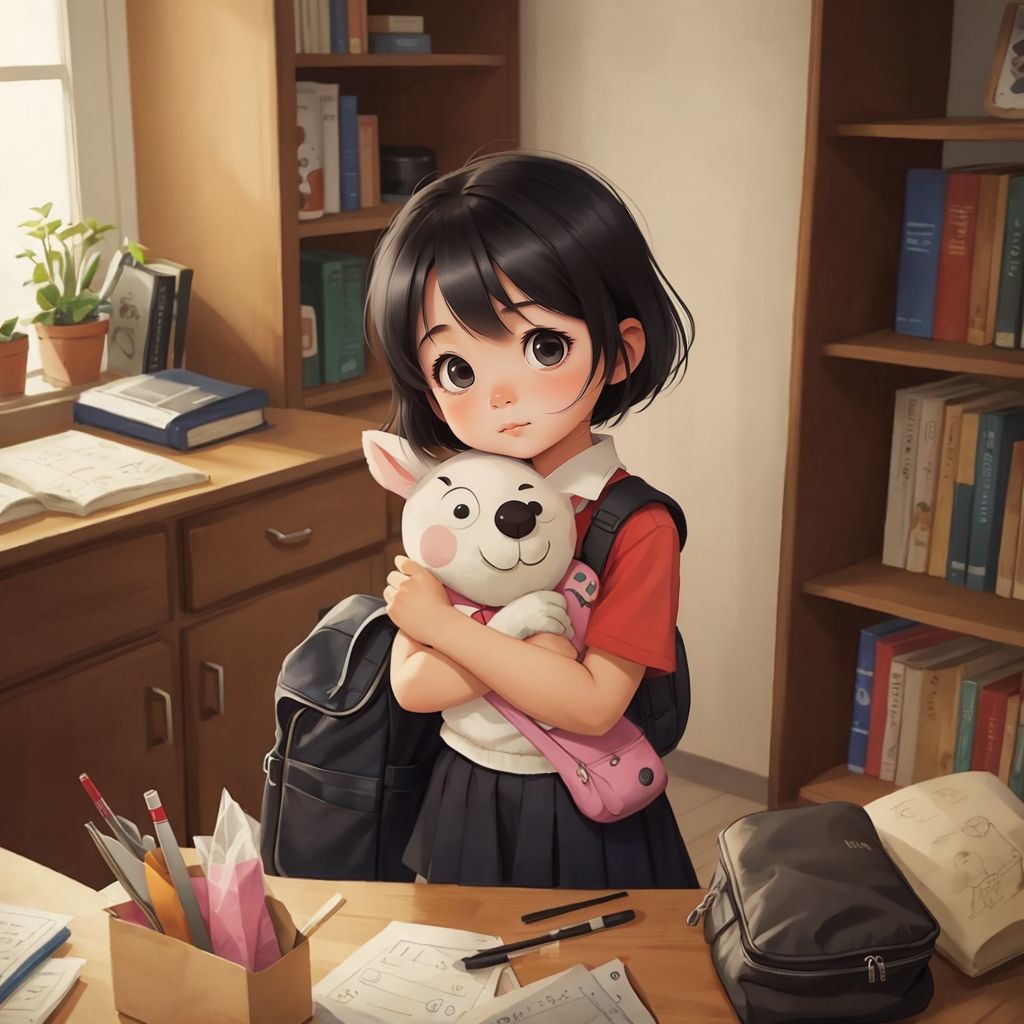

Recommend
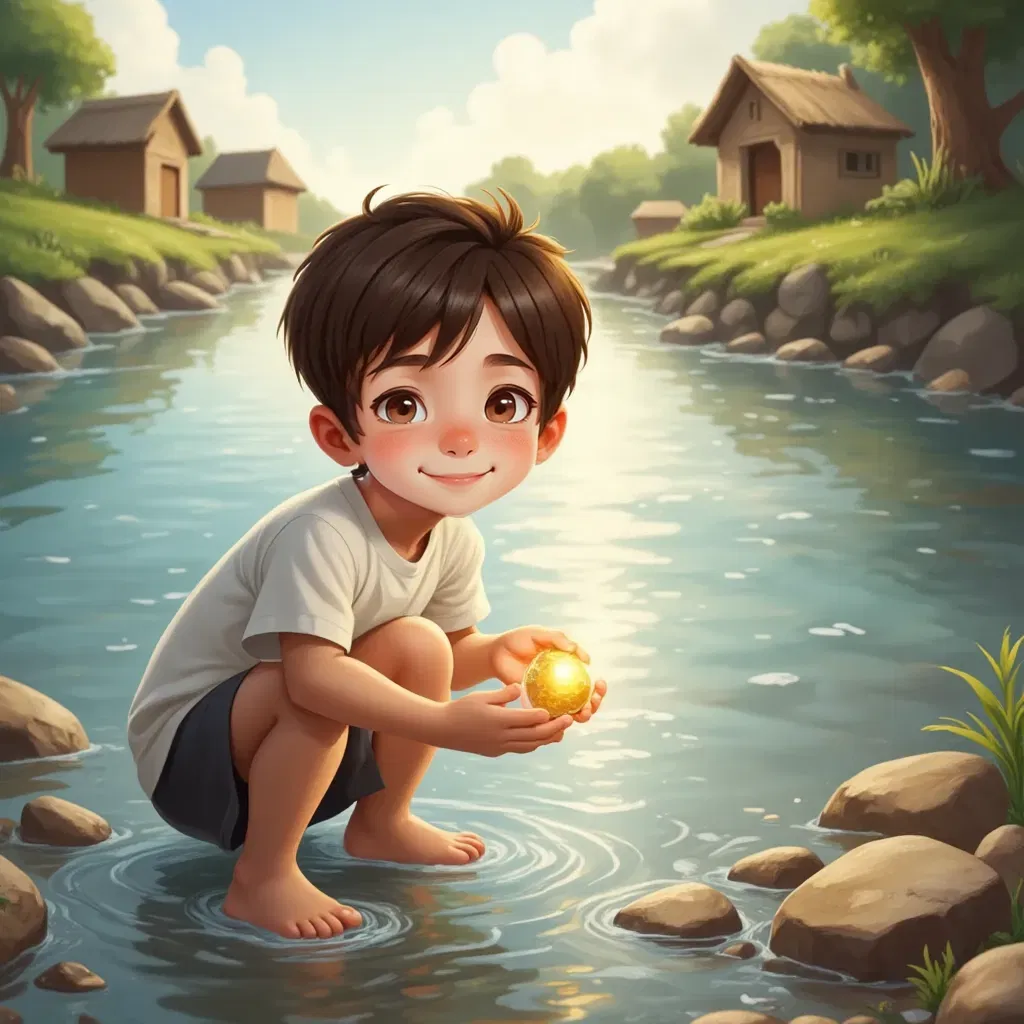
Chapter 1: Leo’s WishLeo, a young boy with a big heart, dreams of making his village a happier place. One day, he finds a shiny pebble by the river, glowing with a soft golden light. A gentle voice whispers, "Kindness makes magic happen." Image Prompt: A young boy with curly hair holding a glowing pebble beside a peaceful river, surrounded by trees and birds. Chapter 2: Helping HandsLeo decides to test the pebble’s magic by helping an elderly woman carry her heavy basket. To his surprise, the pebble sparkles, and the woman’s tired face brightens with joy. Image Prompt: A smiling elderly woman receiving help from a cheerful boy as the pebble glows in his pocket. Chapter 3: Sharing with FriendsLeo shares his food with a hungry puppy and gives his favorite toy to a sad friend. Each time, the pebble glows brighter, and he feels happier inside. Image Prompt: A playful puppy wagging its tail, a happy friend hugging a toy, and Leo smiling while holding the shimmering pebble. Chapter 4: The Pebble’s SecretOne day, Leo sees a boy sitting alone, looking sad. Instead of using the pebble, he simply sits beside him and listens. The boy smiles, and Leo realizes the truth—the magic was never in the pebble, but in his own kindness. Image Prompt: Two boys sitting together under a tree, laughing, while the pebble rests quietly in Leo’s pocket. Chapter 5: The Village of KindnessLeo no longer needs the pebble. He shares its story with the village, inspiring everyone to be kind. Soon, the whole village is filled with kindness and laughter, proving that small acts of love can change the world. Image Prompt: A joyful village with people helping each other, children playing, and Leo smiling as he skips along the path, the pebble now a simple stone.

Angel Rich, a wealthy and wise entrepreneur, wants to teach her nieces and nephews the value of money. When she takes them to LondonSky Theme Park, she gives them a set amount of cash and a challenge—ride, eat, and have fun, but budget wisely! At first, the kids are excited to do everything—until they realize they can’t afford it all. With different ride prices, meal deals, and souvenir temptations, they must plan, prioritize, and work together to make the most of their money. Through smart decisions and teamwork, they learn that budgeting doesn’t mean less fun—it means more! This fun-filled adventure teaches kids about financial literacy, smart spending, and making choices—all while enjoying an unforgettable day at the park! Page 1 The kids arrive at SkyQuest Theme Park, ready for the best day ever! Page 2 Auntie hands them a set amount of money. "Spend it wisely!" she says. Page 3 Kamya (17) unfolds the park map. “Let’s ride everything!” Page 4 SaMii (15) eyes the food court. “Hold up, we need to eat too!” Page 5 Keon (11) checks prices. "We can’t afford it all—we need a plan!" Page 6 They find a meal deal to save money. SieRi (12) spots an unlimited ride wristband. Page 7 They pool their money, buying wristbands and budgeting for food and souvenirs. Page 8 They skip expensive snacks and enjoy all the biggest rides! Page 9 Kage (3) wants cotton candy, but they remind him to make choices. Page 10 By evening, they have money left for small souvenirs. Page 11 Auntie meets them. “How did you do?” Kamya grins. “We rode everything and still saved money!” Page 12 Auntie smiles. “That’s what I call smart money moves!”
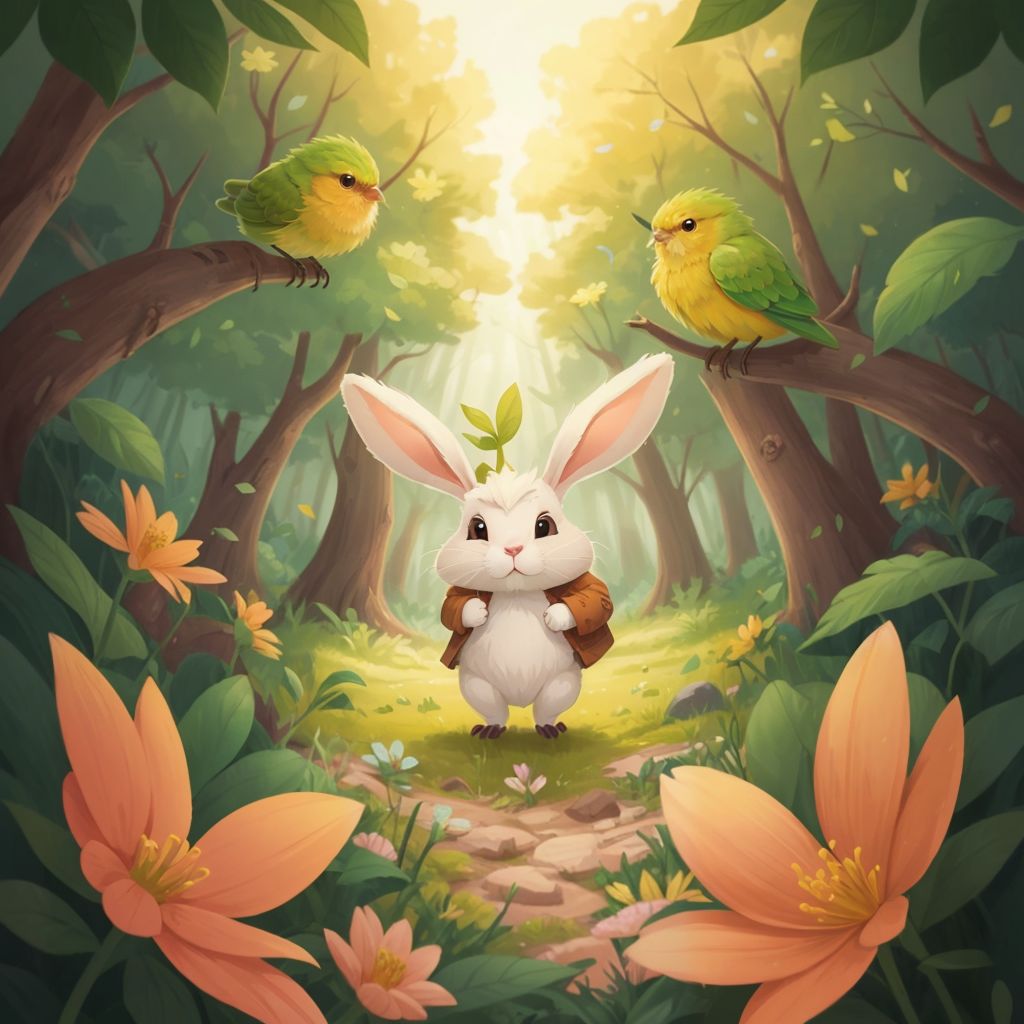
Create an illustration of a bunny who is very curious in entire forest

Omar loves to play the guitar everywhere he enjoys
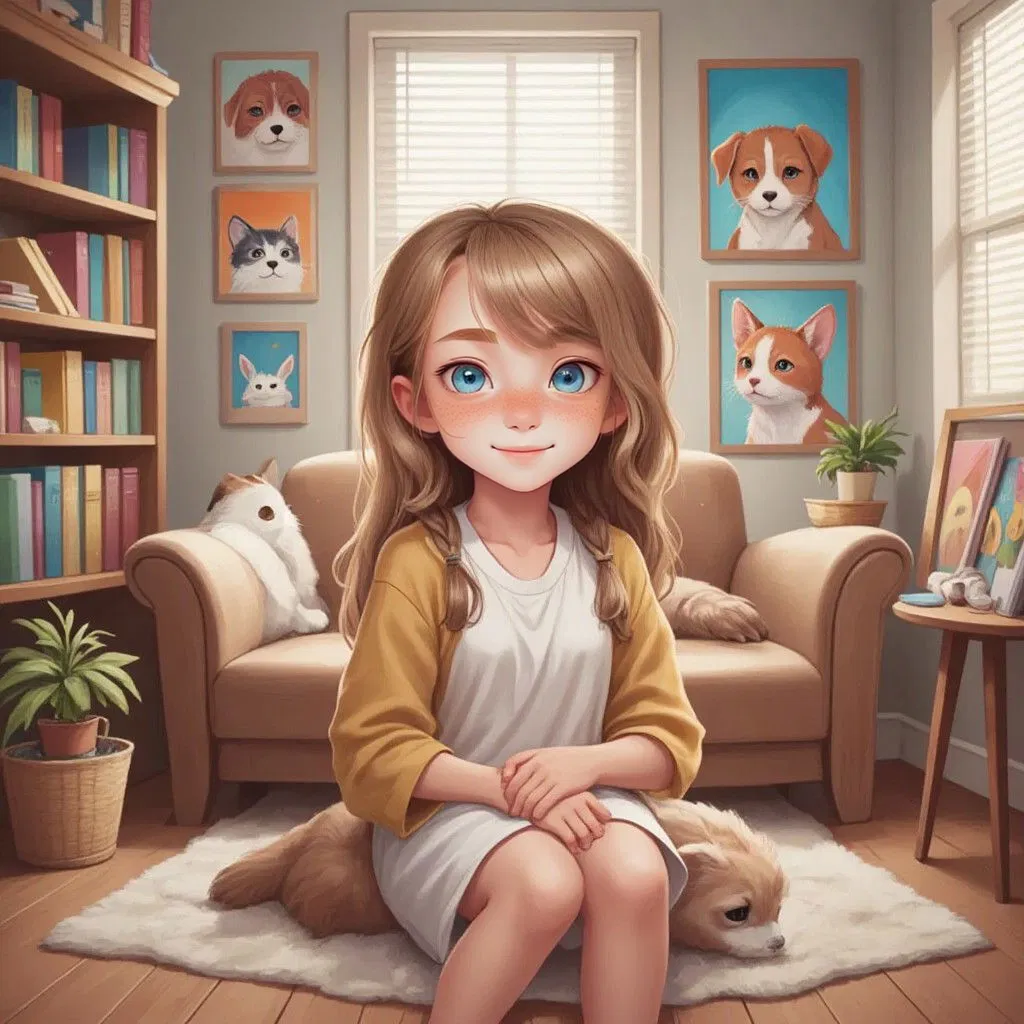
Even though it’s hard, she finds comfort in knowing they are still one big, loving family. Sadie was a bright and creative girl who loved animals, art, and softball. Her home was filled with laughter and the playful barks of three dogs and the purrs of four cats. Every day was an adventure with her furry friends. Sadie loved her family, but sometimes she found it hard to have her parents living in two different houses. Even though it was tough, she knew they were still one big, loving family. Sadie often expressed her feelings through her colorful paintings and crafts. Her art was a way to show what was in her heart. Sadie is full of anxiety and gets worried about what people think and going into the big world out there. It was very scary for Sadie. Sadie loved playing softball even though she never felt like she was never good enough. Sadie longed to have more time with friends who often chose other friends over her. She knew her animals were always there to keep her from being alone.

A group of frogs in a japanese style garden with pond
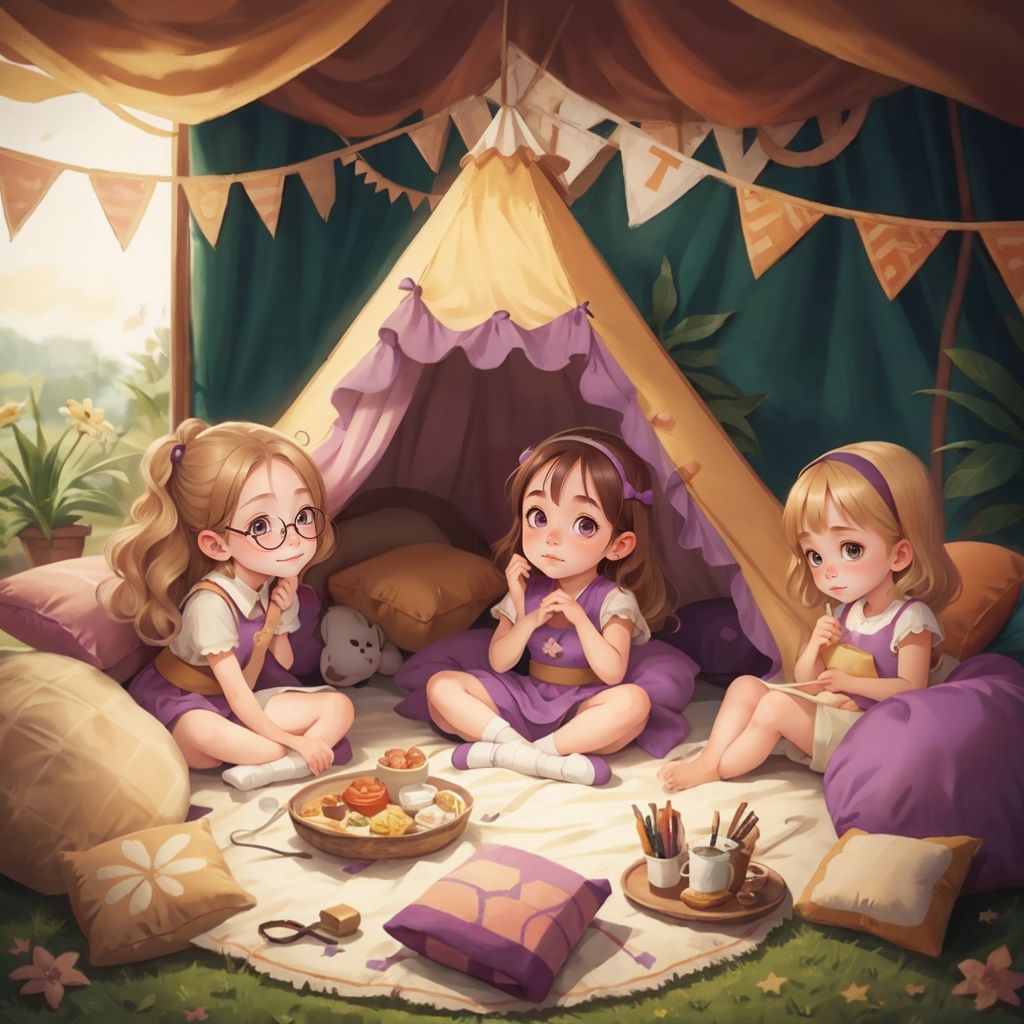
3 little cousins pretending to be princesses go camping in the backyard and find a talking frog, named Fredrick which tells them about magical ballet slippers. Together they set off on an adventure to find the magical slippers, meeting Mr. Augustus Owl along the way. Dedicated to my cousin Rouxché 1999.03.10 - 2007.09.21

On Friday, Tumi got a bad grade in the exam and was teased by his friends, especially Bobi who said, "Hey Tumi, it's good to get a bad grade," while laughing with the others. Despite the teasing, Tumi chose to remain silent and not respond.

Tucker our puppy is as big as a moose! He does silly things all the time, so we call him Nuttly.
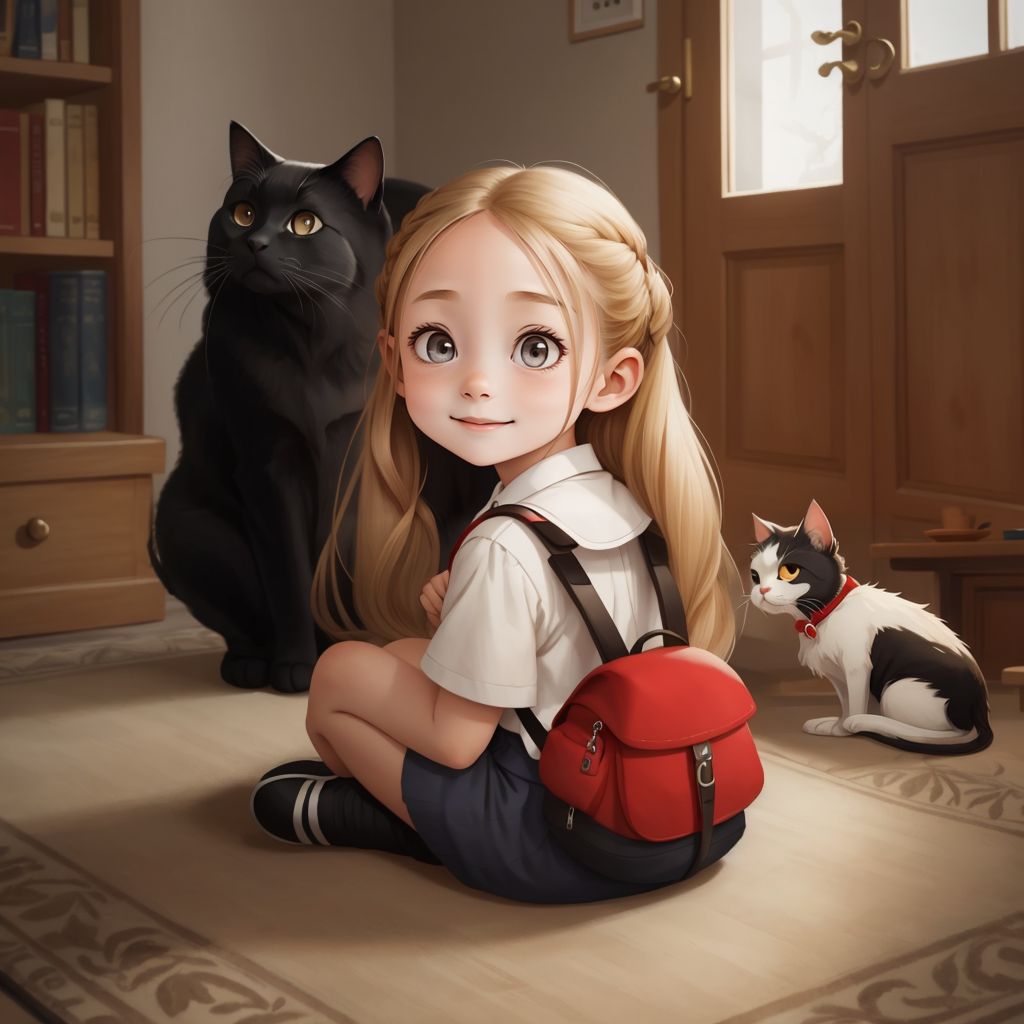
Brian is Ella’s best friend she is about to start nursery this makes Brian sad when it’s time to leave Brian jumps in Ella’s backpack Ella mammy has no idea and off they go Ella starts to tell her friends all about Brian and that she misses him then her come Brian he jumps out and says MEOW mrs lormor gasps cat and all the children laugh

In a city lived a little girl named Gaia. Her best friend was her Grandfather, Tome, the most brilliant architect and engineer. Every evening, they wandered through the city. One afternoon, Gaia noticed a set of broken stairs leading up to an apartment building. Can we fix it, Grandfather? she asked. Grandfather waved his hand, and the broken stairs began to mend themselves. The cracks vanished, and the steps turned smooth marble. They came across a house with shattered windows and crumbling walls. Gaia frowned. Can we make it beautiful again, Grandfather? Grandfather smiled and snapped his fingers. The house shimmered and transformed. Flowers bloomed in the garden. They saw a broken playground, where children stood around sadly. Gaia said: Can we make it fun and safe, Grandfather? Grandfather touched the ground, and the playground began to repair. Gaia hugged him tightly, her heart filled with happiness. From that day on, the magical repairs became a beloved part of the city

Scarlett is a 6 year old little girl that loves to go on beach adventures with her great dane puppy Max. Max is tan in color
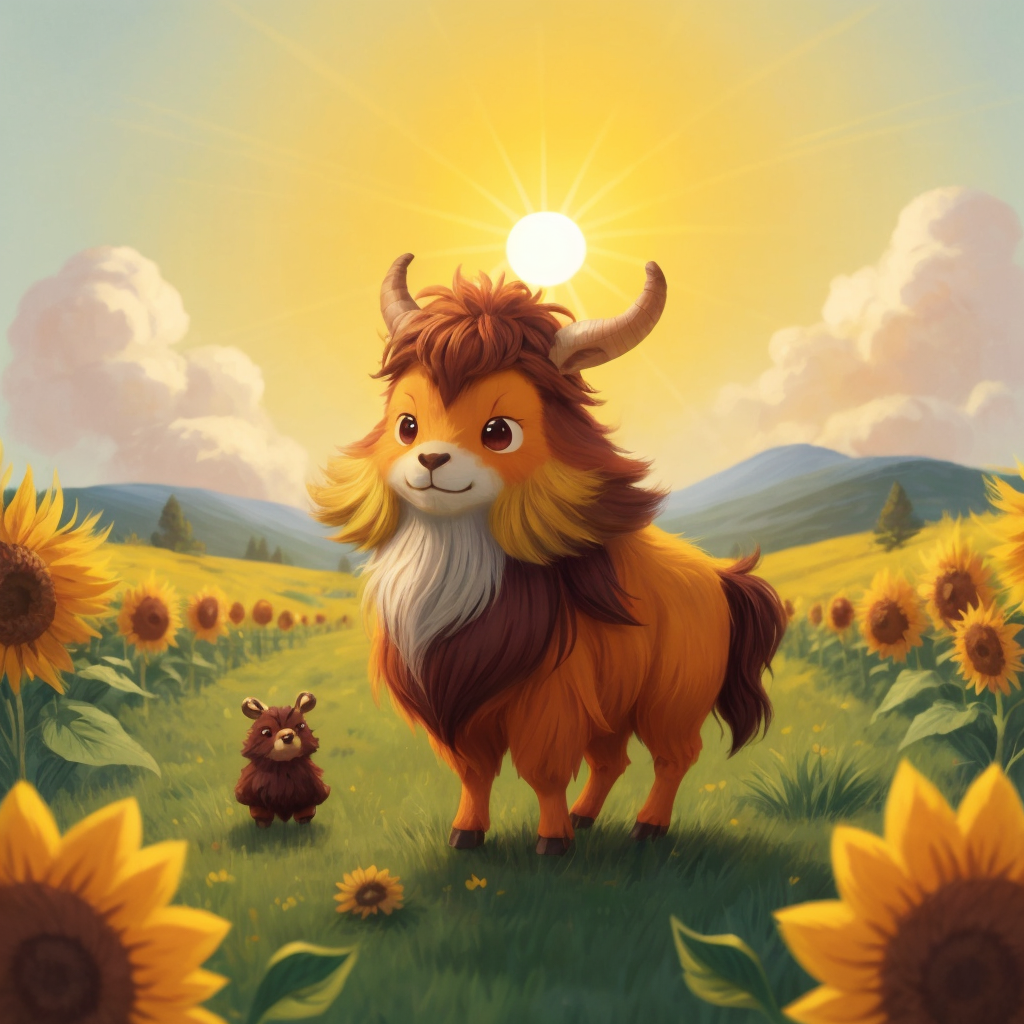
In a land of yellow sunflowers and yummy treats, there lived a young yak. Young Yak was known for her soft, yam-colored fur and her love for exploring the sunny meadows. Every day, she would roam the meadows, munching on delicious yams and enjoying the warmth of the sun. One sunny morning, as Young Yak was strolling through the meadows, she came across a yard filled with colorful yo-yos. Intrigued, she decided to give one a try. With a little practice, she became a yo-yo expert, showing off tricks and entertaining her meadow friends. They all joined in the fun, creating a lively and joyful picnic in the sunny meadows.
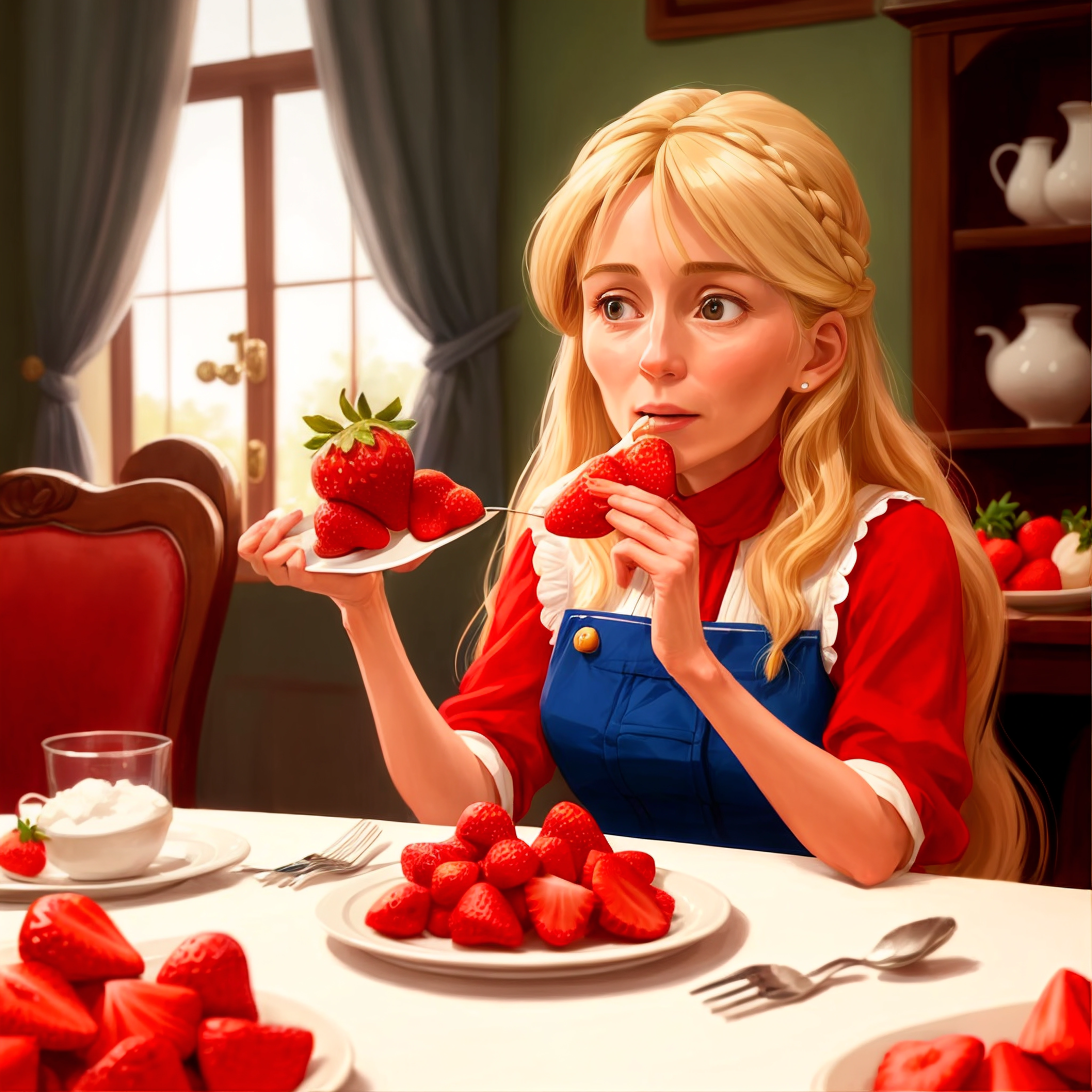
Mom and her son called Barney are sat at the dinner-table eating sausages and mashed potato. Mom asks her son to pass the sugar for her strawberries but he passes the salt. When mom puts the salt in her mouth, she is so shocked she screams and opens her mouth so big, her son gets sucked in.
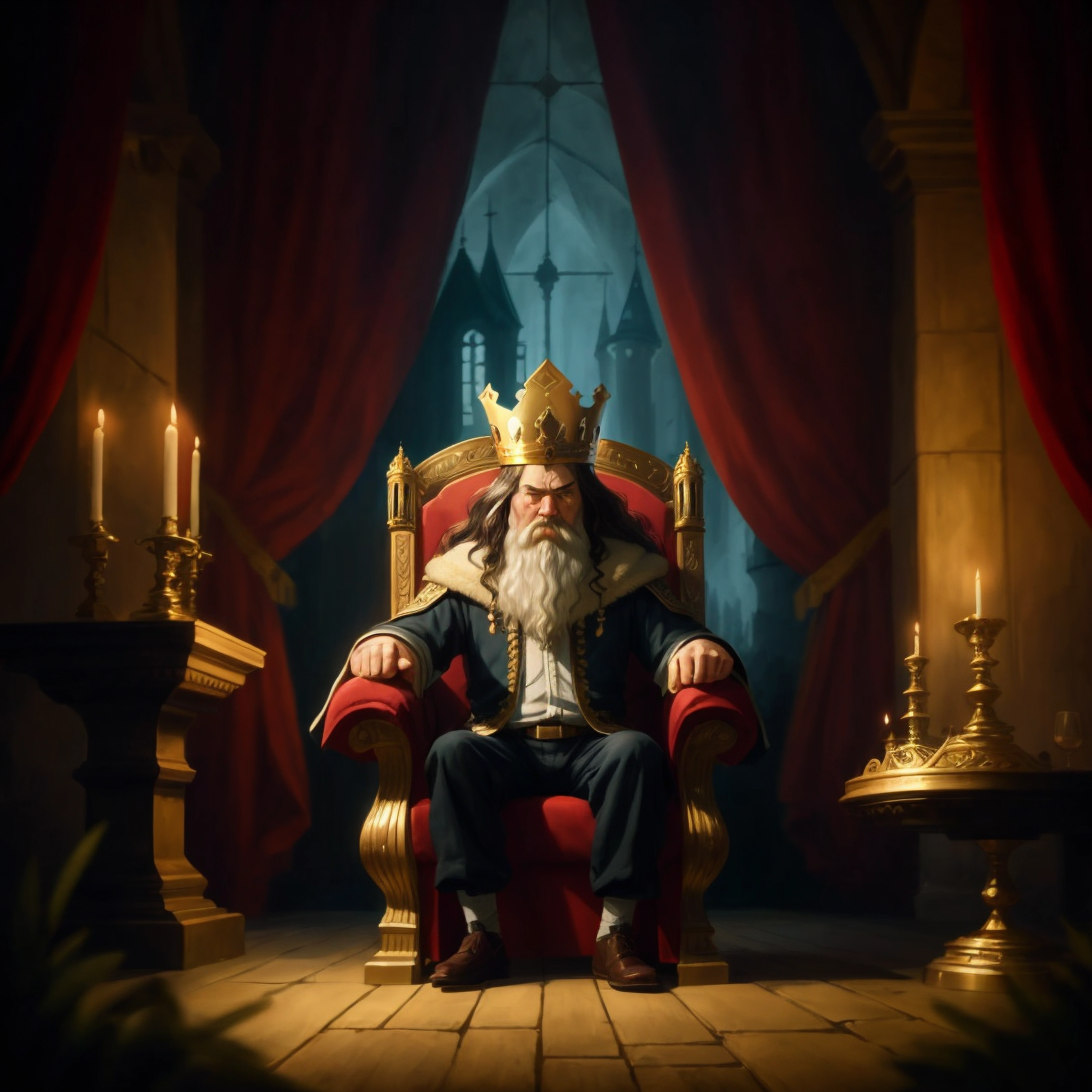
A king that learned to be kind and change his ways

A big brown bear with cat ears and black round marks around its eyes is napping in the forest

In the enchanting Enchanted Kingdom, where magic saturates the air, a foreboding shadow hints at an imminent evil force. Princess Isabella, elegant and determined, meets Sir Tristan, the valiant knight, compelled by a mysterious force to unite and save their kingdom. Their journey unveils a dark realm with ominous clouds and lurking creatures. Disagreements arise, leading to a breaking point where they decide to part ways. Storm clouds reflect their discord until a radiant Saintly Maiden appears, urging unity. In her presence, Isabella and Tristan reconcile, rekindling their friendship. They triumph over the evil demon with the Maiden's guidance, and she imparts a life lesson on the strength of unity, understanding, and forgiveness.

Born near the iconic Indianapolis Speedway, John Speedster was destined for racing greatness. At 7, he started karting, quickly mastering the tracks. His victories in junior championships were just a prelude to a thrilling career in professional racing. John's mechanical engineering background gave him an edge, understanding every nuance of his racing machines. At 18, he transitioned to professional racing, impressing with his strategic brilliance and comeback victories. Off-track, John was a fitness enthusiast and a sim racing aficionado, constantly sharpening his skills. He dreamt of winning a championship and starting a racing academy to nurture future talents. Despite his competitive nature, John was known for his approachability and tactical thinking. He aimed to innovate in automotive technology and contribute to environmental initiatives in racing. Each race was a step towards his goal of creating a lasting legacy in motorsports.
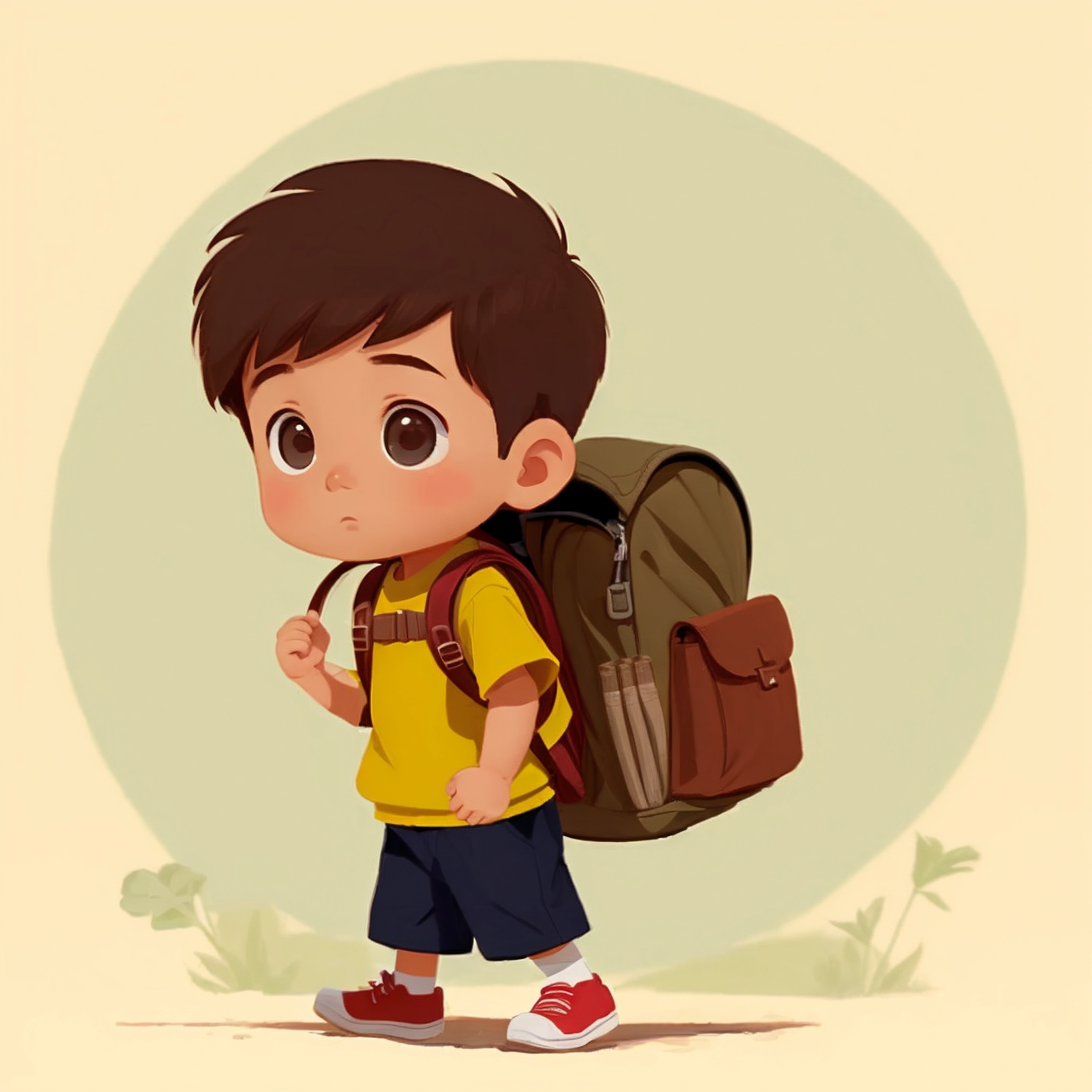
1. Timmy was curious, adventurous, and always looking for new things to learn. 2. One sunny day, Timmy set off on his usual adventure. Timmy was enchanted by its beauty and decided to catch it. 3. He chased the butterfly through the trees, trying to grab it with his hands. 4. The old man had a kind smile and asked Timmy what he was doing. Timmy explained that he wanted to catch the butterfly because it was so beautiful. 5. The old man nodded and said, "Timmy, sometimes the most beautiful things are meant to be enjoyed freely, not captured. If you catch the butterfly, you'll have it for a moment, but soon its beauty will fade, and it will wither away." 6. He understood that the butterfly deserved to fly and bring joy to everyone who saw it. So, he decided to let it go.
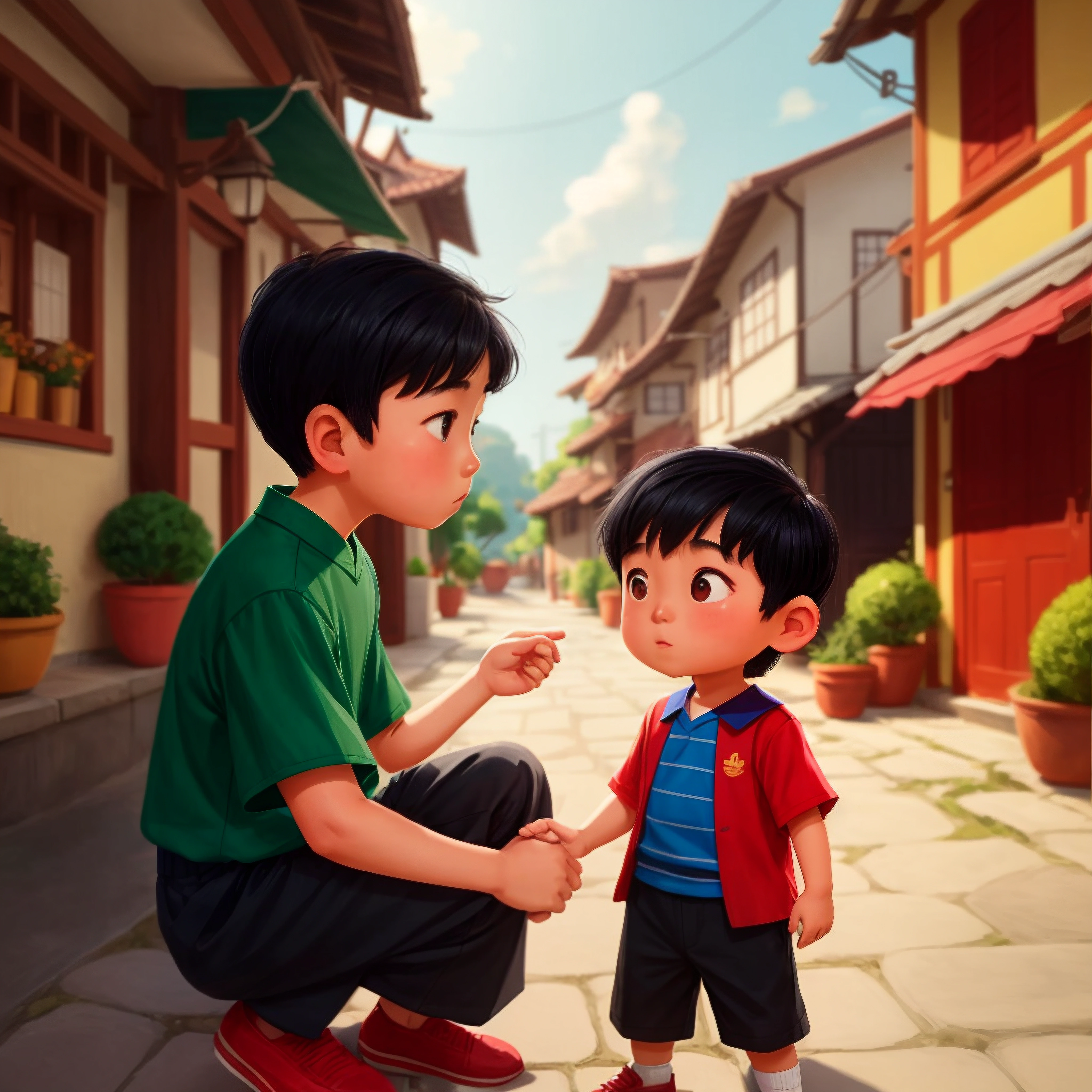
1. A vibrant village with curious children, and in the midst stands a precocious Thoc, speaking fluently in multiple languages at the age of three. 2. Villagers gathering around Thoc, wide-eyed and amazed, as he effortlessly solves a complex problem on a chalkboard. 3. Worldly Wisdom: Close-up of Thoc's piercing eyes with a subtle world map reflection, showcasing the depth of his understanding of global history. 4. The village in the midst of a storm, Thoc standing confidently, offering a solution that brings rays of hope amid chaos. 5. A montage of scenes depicting messengers spreading the tale of Thoc's intelligence to neighboring villages and beyond. 6. Thoc, in a humble pose, assisting a group of children with their studies, showcasing his altruistic nature. 7. Legacy of Gratitude: An elder storyteller sharing the tale of Thoc with wide-eyed children, emphasizing the gratitude and appreciation for knowledge passed down through generations.
